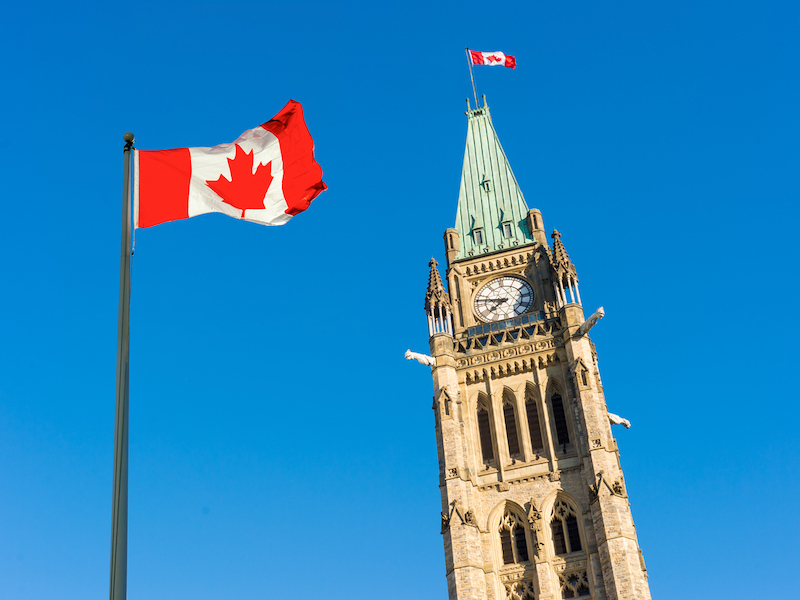
The federal government ran a deficit of nearly $69 billion over the first half its fiscal year, almost $130 billion less than the treasury pumped out during the same stretch one year earlier.
The Finance Department’s fiscal monitor says the budgetary deficit between April and September was $68.6 billion, down from the $198.1 billion recorded over the same months in 2020 when Covid-19 first struck.
The report Friday says the deficit now reflects current economic challenges caused by Covid-19, including ongoing public health restrictions.
Program spending, excluding net actuarial losses, between April and September was $225 billion, a decline of about $83.9 billion, or 27.2% drop, from the $308.9 billion in the same period one year earlier.
The decline largely reflects lower amounts paid in emergency benefits to individuals and businesses.
Year-over-year, emergency benefits to workers declined by 66.2%, or $26.4 billion, to almost $13.5 billion from almost $39.9 billion, while the wage subsidy declined by 61% to $17.2 billion from $44.1 billion between April and September.
The Finance Department says the decline of $26.9 billion for the wage subsidy program reflects drops in the number of eligible workers and the average subsidy per employee.
Revenue between April and September reached over $175.8 billion, which was a $47-billion, or 36.5%, increase from the $128.8 billion in the same period of the previous fiscal year, driven primarily by higher tax revenues.
Public debt charges were almost $11.7 billion, up $1.3 million or 12.5% from the almost $10.4 billion recorded between April and September of 2020, which largely reflects higher consumer price index adjustments on real return bonds.